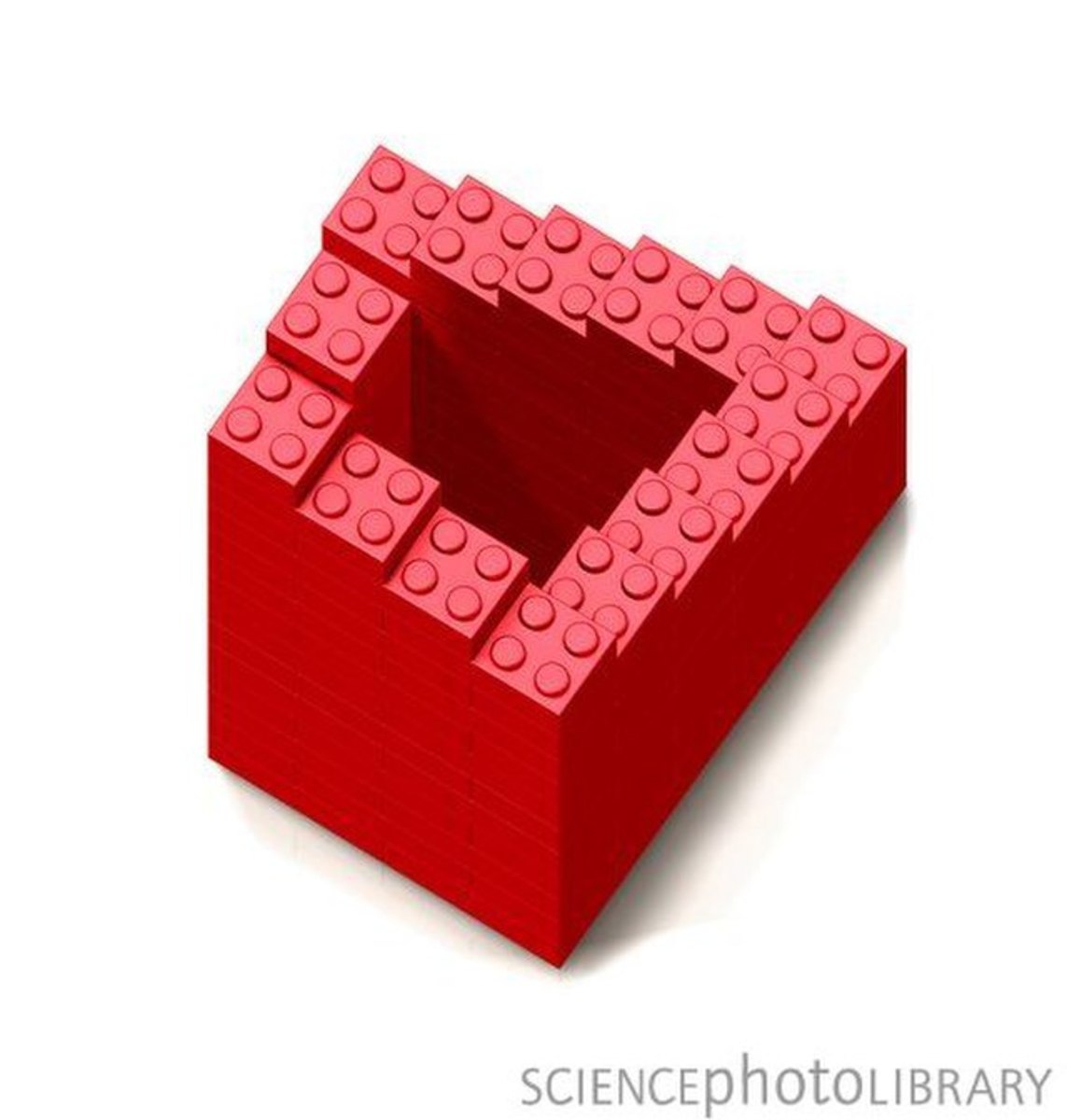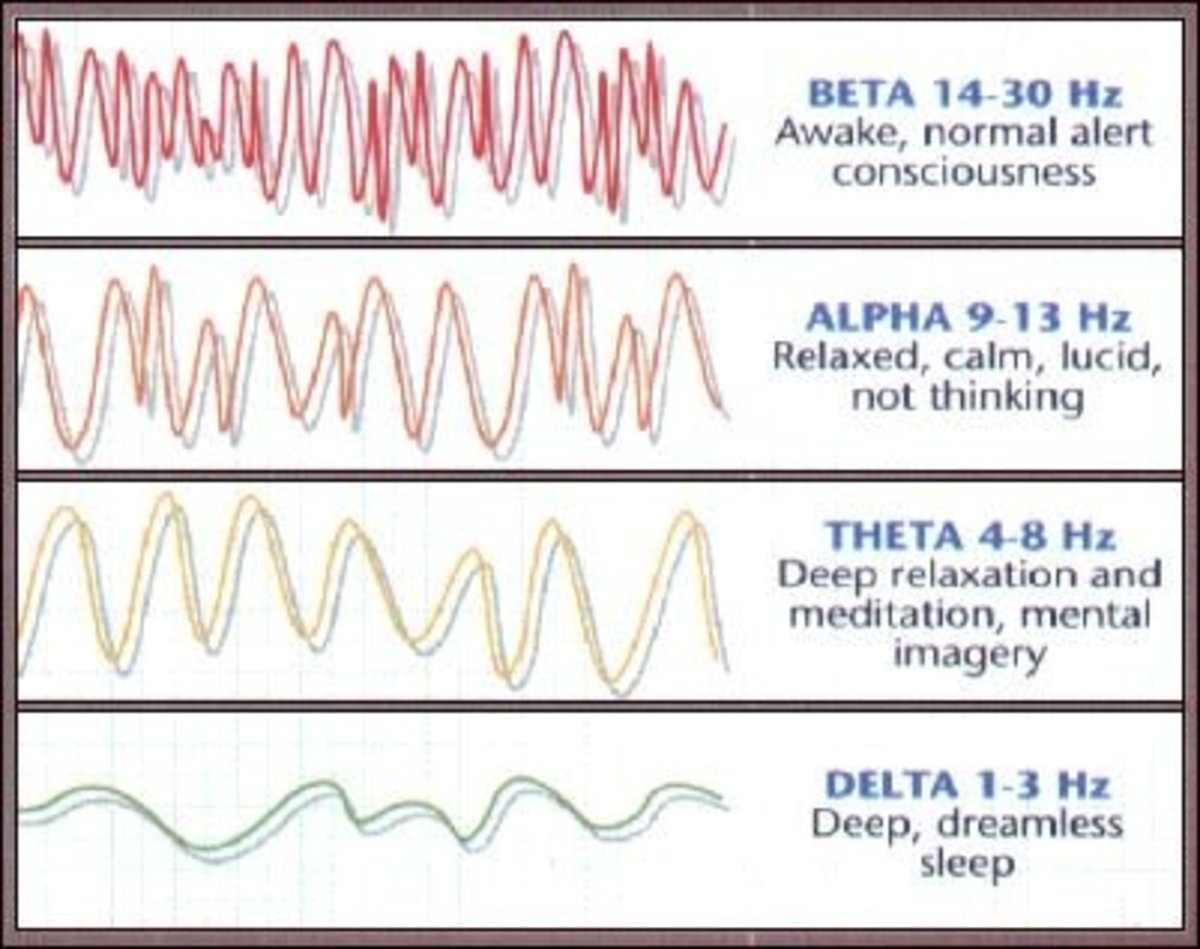Needle stick in healthcare facilities
Types of needles used in health care facilities
There are varieties of needles that are used in healthcare facilities. Examples of such needles include blood collection needles, hypodermic needles and intravenous (IV) Stylets (Arias, 2000). Blood collection needles are specifically designed for the collection of blood samples from patients. They are mostly used in laboratories where several blood-screening services are offered. Hypodermic needles/syringes are used for the administration/injection of drugs into the patient’s bodies. Intravenous (IV) Stylets are used for injecting drugs directly into the patient’s bloodstream via the veins. Other examples include auto injectors, lancets, infusion sets and connection sets. Auto injectors are syringes that are pre-filled with fluid medications (Arias, 2000). Such syringes have been designed to be self-injected in the administration of epinephrine and insulin. Infusion sets are tubing systems that contain a needle at their posterior ends. They are used for the administration of liquid drugs into the patient’s body.
Diseases transmitted by needle sticks injuries
Because of needle sticks injuries, healthcare workers may develop physiological diseases. These physiological diseases are caused by blood borne pathogens. Such pathogens might be transmitted from the patient to the healthcare worker once injuries occur. Examples of such diseases include Hepatitis B Virus (HBV), (HIV) Human Immunodeficiency Virus and Hepatitis C Virus (HCV) (Centre for Disease Control and Prevention, 1999). For example, a healthcare worker might sustain an injury from the blood collection needle while collecting blood samples from a patient suffering from the Human Immunodeficiency Virus. The virus might infiltrate into the blood stream of the healthcare worker and start multiplying. Later, the healthcare worker would develop Acquired Immunodeficiency Disease Syndrome. Similarly, a Phlebotomist may sustain some injuries from a lancet while collecting blood samples from hepatitis B patient (Centre for Disease Control and Prevention, 1999). Apart from the aforementioned diseases, the CDC states that needle stick injuries have resulted to the transmission of diseases caused by causative agents such as bacteria and fungi, from patients to healthcare workers. Such diseases include but not limited to streptococcus pyogenes, mycobacteriosis, blastomycosis, syphilis, herpes, brucellosis, diphtheria and others.

The main Causes of needle stick injuries in health care facilities
Several factors or practices facilitate the occurrence of needle stick injuries. Firstly, recapping of needles can result to the occurrence of needle stick injuries (Radford, Oakley & County, 2004). Recapping is the practice of placing back the cap/lid/cover of a needle or a hypodermic syringe. It occurs when a healthcare worker needs to cover the sharp end of the syringe after administering a drug or drawing any fluid medication. Therefore, needle stick injuries occur when a healthcare worker fails to follow the right procedures used while recapping the needle. According to the Centre for Disease Control, healthcare workers must use a clip to hold the cap while recapping the needle. However, some healthcare experts ignore this and try to fit the cap on the needle without the use of a cap clip. They end up missing the target and the needle penetrates into their skin, leading to a needle stick injury. Secondly, the transfer of used needles or other sharp objects to the points of their disposal may result to the occurrence of needle stick or sharp related injuries (Radford, Oakley & County, 2004). This may occur in cases where the healthcare worker is not keen enough. As a result, they may triple or slide and fall, making the whole collection of sharps spread/scatter all over the floor. During this moment of ill fate and confusion, sharp injuries occur to not only the healthcare worker but also the people around them.
Thirdly, failing to discard used needles and syringes result to the occurrence of sharp related injuries (Radford, Oakley & County, 2004). This is because fatal/tragic accidents are bound to occur whenever there is a sharp protruding object. Therefore, people may run into it unaware. Fourthly, resheathing of a needle is the most common cause of needle stick injuries in healthcare facilities. It occurs when a healthcare worker wishes to cover the needle after using it. Painful injuries occur when the need misses the sheath, puncturing the skin of the worker.
Needlestick injuries
Have ever been involved in a needlestick injury withing a certain health care facility?
Losses caused by Needlestick injuries in health care centres
Because of needlestick injuries, healthcare workers may develop physiological diseases such as HIV and Hepatitis B. They may suffer from psychological/post traumatic stress disorders when such accidents occur. For example, in cases where healthcare workers become victims of HIV due to needlestick injuries, they may end up in a trauma. This trauma disrupts their daily activities. They may even result to suicidal attempts. Others may lose concentration while working and incur further damage to the people around them (Saia et al, 2010). In addition, needle stick and other sharps-related injuries cost the healthcare facilities money in the form of compensation or day away of work for healthcare workers. Moreover, treatment and test for injured healthcare workers following needle stick injury incidents increase the net cost. For example, the treatment of healthcare workers after needle stick injuries cost United State $118 to $591 million annually (Saia et al, 2010).
In addition, needle stick cases that lead to the infection of incurable diseases disrupt the life of the victims, their families and even the country at large. For example, when the healthcare worker develops HIV, the family incurs many losses. Firstly, life is lost because the ultimate end is premature death for the HIV victim. This argument becomes viable when the victim refuses to take medication, because of guilt and regrets, and wishes to die. Secondly, the family incurs further expenses. The family’s finance is repeatedly used to purchase the victim’s medication. If the healthcare worker had not been ill, the finances lost to medication would have been directed to other developmental activities. Thirdly, the country loses because the expertise that took many years to perfect is lost before its time of use ends. It would take several years to educate and train another healthcare worker to attain the level of expertise that the departed healthcare worker had attained.

Personal protective equipment
The reliance and use of personal protective equipment among healthcare facility workers are of paramount significance in the prevention of needle stick related injuries. This is because protective equipment creates a barrier between the hazard and the body of the worker. Examples of personal protective equipment used by healthcare facility workers include protective aprons, eye goggles, masks, face shields and rubber gloves (Hinkin, Gammon & Cutter, 2008). Although rubber gloves are made from latex, which is not efficient in protecting people from sharp metallic materials, they serve to reduce the degree of the injury. At other times, they completely bar the injury from occurring
The prevention of needlestick injuries
There are multiple ways of preventing and minimising the occurrence of needle stick injuries among healthcare facility workers. However, the most important solution is to design/draft an injury prevention program that is comprehensive. The program should ensure that cases of sharps related injuries are prevented from occurring, and if they occur, their rates of occurrences should be minimal. Such a program would include the recommended guidelines for using needles and other sharp objects. It would also recommend the best design of needles and sharp objects that would minimise the level/degree of injury (Jagger, 1996). It must also form employee surveillance programs. In addition, the program would comprise of thorough training of healthcare facility workers, use of effective systems of clinical waste disposal and clear guidelines to safe recapping of needles. Capping of needles shall only be used where the practice of recapping is necessary and unavoidable.
With the aim of preventing the higher rates of needle stick injuries, the Centre for Disease Control proposes the use of their own published workbook for the healthcare facility workers. The workbook uses the hierarchy of control approach to design, implement and evaluate prevention program against the occurrence of needle stick and other sharps related injuries (Jagger, 1996). The hierarchy of control approach employs the use of both engineering and administrative controls, elimination of hazards via strategies and the use of personal protective clothing.
The engineering controls approach
This approach employs the use of two strategies to prevent the occurrences of needle stick and sharp related objects (Centre for Disease Control and Prevention, 1999). These include eliminating the unnecessary use of sharps, such as needles and syringes and using sharp devices with safety features. It also includes the use of well-designed sharp disposal containers that reduce the chances of the occurrence of sharps related injuries. Some health related agencies such as Federal Drug Administration agency (FDA) identified and proposed the best desirable characteristics of sharps devices having safety features. According to the FDA, the device should be needleless, and the safety feature must be an integral part of it. The device must work passively, requiring no activation from the user (Saia et al, 2010). In cases where the device requires activation, the user should be in a position of identifying with ease whether the activation feature is turned off or not (Ramsay, 2004). The device should also perform with ease. It should also be practical and efficient.
Consequently, the CDC and other heath related agencies support the use of the engineering approach to preventing the occurrence of needle stick injuries via the use of devices with safety-designed features. Examples of devices with safety designs are syringes that have safety features. Examples of such include needles that can retract into a vacuum tube holder or the syringe for disposal, needle (IV) connectors that are protected and retractable fingerlike lancets. Other examples are the presence of protective encasements that hold the IV Stylets once they have been introverted from the catheters.
The administrative controls approach
This comprises of the various strategies and training programs that aim at reducing the hazards of needle stick and other sharp related injuries. For example, all healthcare facilities could enrol their workers and employees in training programs that teach them on how to handle sharp objects (Ramsay, 2004). These training programs are important because some treatment practices, such as needle capping, are unavoidable. They require skill and perfection to prevent the occurrences of sharp related injuries. It also includes the enactment of work practice controls. Examples of such work practice controls include institutional policies that prohibit the recapping of needles (Ramsay, 2004). The same work practice would comprise of institutional policies that encourage proper disposal of used needles and other sharp objects. The work practice controls also encourage frequent checks on sharps disposal containers and emptying them in time before they fill up. Other examples of work practice controls include the establishment of safe means of disposing of sharp objects before healthcare workers begin any procedure.
Elimination of Hazards
This comprises of all tactics and alternatives that healthcare facility workers use to prevent the occurrence of sharps related injuries in their course of work. This calls for the healthcare workers to stop administering medications via injections. They can substitute these injections with other methods of medication such as the administration of tablets, transdermal patches and inhalers (Higginson & Parry, 2012). It also involves the elimination of sharp objects, which are unnecessary, such as towel clips. Finally, needles and syringes may be substituted with jet injectors.
Video about needlestic and other sharps related injuries
Needlestick injuries and patients
Needle stick and other sharps related injuries are universal. They not only occur to healthcare facility workers but also to patients. Previously conducted studies by researchers from the Center for Disease Control (CDC) reported that cases of needle stick injuries were prevalent among patients. The study indicated that there was diversity in the patient’s areas where those injuries occurred. For example, the study indicated that thirty nine percent (39%) of the needle stick and sharps related injuries occurred in the patient’s rooms. The affected categories of patients were those that came to the hospitals for treatment and then went back to their respective homes (inpatients), and the helpless ones in the Intensive Care Unit (Myers, 2011). Twenty seven percent (27%) of such injuries occurred in operating rooms, eight percent (8%) in emergency rooms while five percent (5%) occurred in the laboratories. Thirteen percent of the reported incidents of needle stick related injuries among patients occurred in other areas outside the hospitals.
Among the patients, several factors have been identified to cause needle stick injuries in healthcare facilities. Most reported cases of needle stick injuries encountered by patients occur due to fatigue among nurses and other medical specialists (Myers, 2011). This fatigue is caused by long working hours and deprivation of sleep. The chaotic movement of patients within the hospital rooms and the corridors is also another major cause of needle stick injuries. Other causes include normal accidents that occur due to slippery floors and ill fate. However, the behaviour of some patients leads to needle stick injuries. Some patients fear syringes. They freak and cause unnecessary movements when the medical experts are administering fluid medication. For example, children, throw tantrums when the dentist is injecting them with anaesthetic fluid medications to help ease the pain during surgeries or the treatment of dental infections (Myers, 2011). Because of the unexpected body movements, the medical experts end up injuring themselves or the patients

Conclusion
In conclusion, needle stick and other sharp related injuries are prevalent in healthcare facilities. They occur between patients, medical experts such as doctors, nurses and surgeons. They also occur among other healthcare facility workers. Such injuries are fatal. They compromise people’s health by exposing them to many diseases: some incurable while others are curable. Examples of diseases and infections commonly transmitted via such injuries are Hepatitis B, Hepatitis C and HIV. There are several methods of preventing the occurrence of sharps and needle stick related injuries. Designing a comprehensive healthcare facility program to guide healthcare workers is the best approach of preventing such injuries from occurring. Health care workers can also prevent injuries by sharps by carefully disposing used syringes and using devices that have safety features. Therefore, needles and any other sharp devices should be handled carefully in order to prevent unnecessary injuries.




